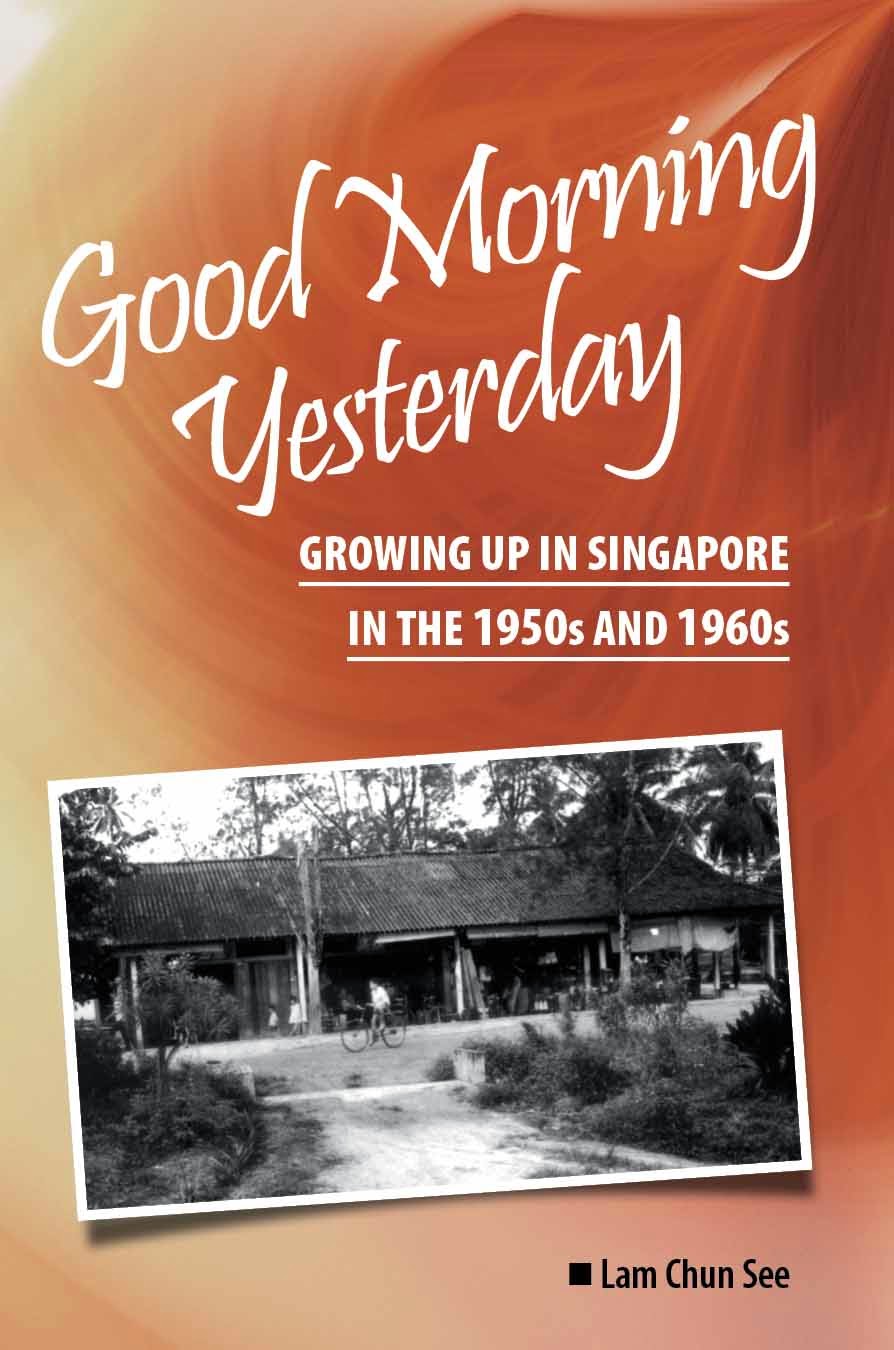 I was born in the fifties and stayed at Old Kallang Airport Road. In those days all rental flats was under the SIT program and we were staying at block 25 in Jalan Tiga. During the early sixties, my parents had a stall in Genting Lane at MacPherson called Teck Hock Pte Ltd. In those days, it was known as Teck Hock Kopi Long. It was a big factory where all the coffee beans were unloaded and stored in a big warehouse. Some of the beans were sold locally but the majority were exported to the neighboring countries.
I was born in the fifties and stayed at Old Kallang Airport Road. In those days all rental flats was under the SIT program and we were staying at block 25 in Jalan Tiga. During the early sixties, my parents had a stall in Genting Lane at MacPherson called Teck Hock Pte Ltd. In those days, it was known as Teck Hock Kopi Long. It was a big factory where all the coffee beans were unloaded and stored in a big warehouse. Some of the beans were sold locally but the majority were exported to the neighboring countries.I used to accompany my mother to the market to place orders for cakes such as the nine layers Kueh, Han Chien Pien, You Char Kueh etc. In those days, we paid 10 cents for three pieces and sold it for 5 cents per piece and made a profit of 5 cents for every 3 pieces sold in the “Kopi Long”. I also patronised the cheap open air cinema called Peking Theatre located opposite the present MacPherson market. To watch a movie, we only paid 5 cents but you have to endure the mosquitoes and there were no refunds if the show was cancelled due to heavy rain or power failure. Adjacent to it, there is an open field where circus shows like “Tai Tien Kiew” and “Great Circus Of India” were held.
The stretch of MacPherson Road I am talking about as it is today.
I often walked from my home to Geylang Lorong 21 and took the Tay Koh Yat (blue) bus. The terminal was located opposite the Geyland Post Office. We used to pass by a Chinese temple before the post office and had free Chinese tea there. There was also a “Sinalco” drinks factory until it was demolished in the early seventies.
I do hope to walk down this memory lane once again and re-collect all the things that I had done during my younger days; such as catching spiders, scooping longkang fishes, running bare-footed selling “Ma Piew Poh” and chasing after kites.
We only pass through this earthly life once; so be contented in what ever situation you are in. The Apostle Paul wrote in the New Testament: “Godliness with contentment is much gain”.



